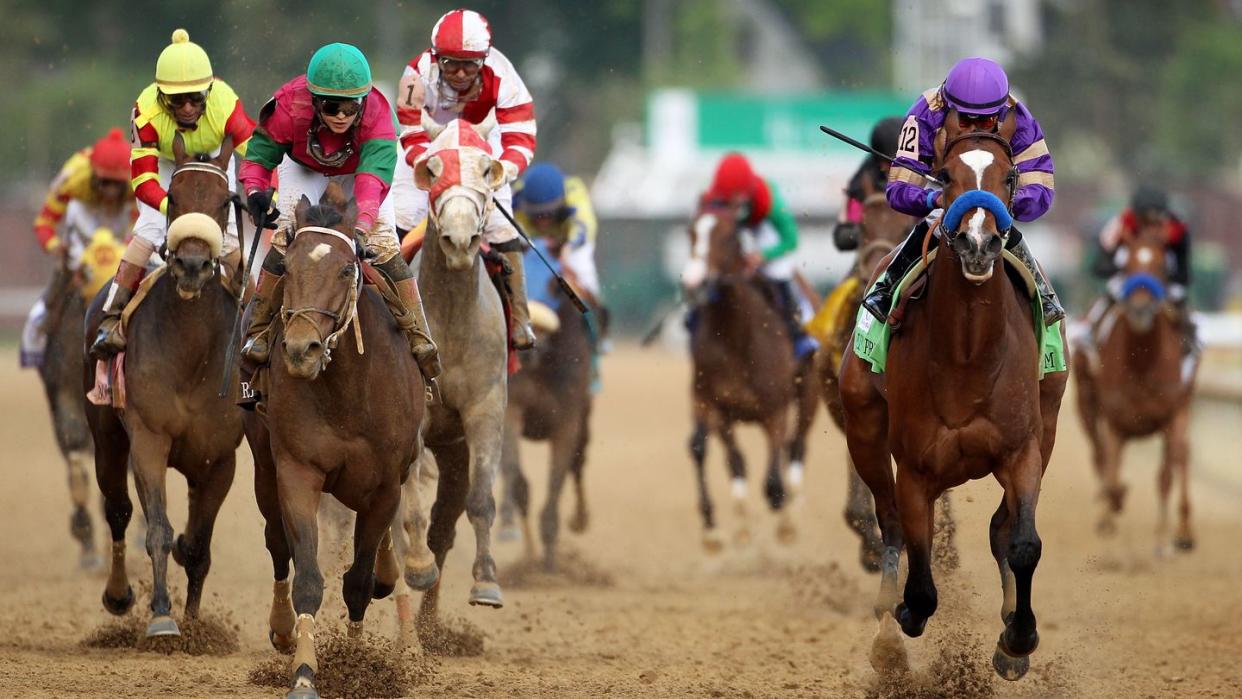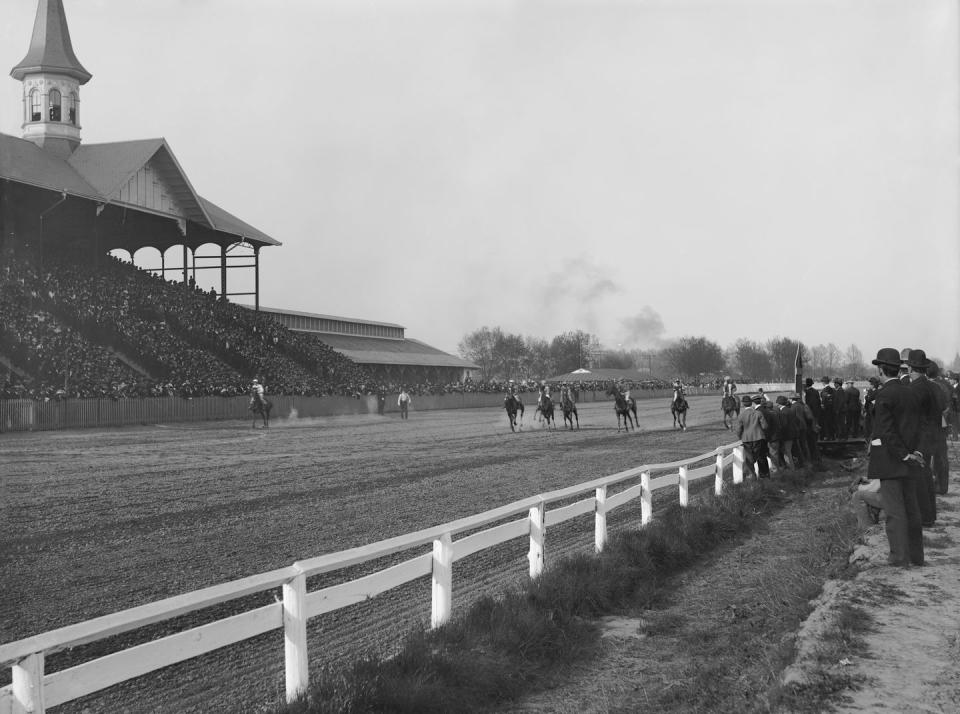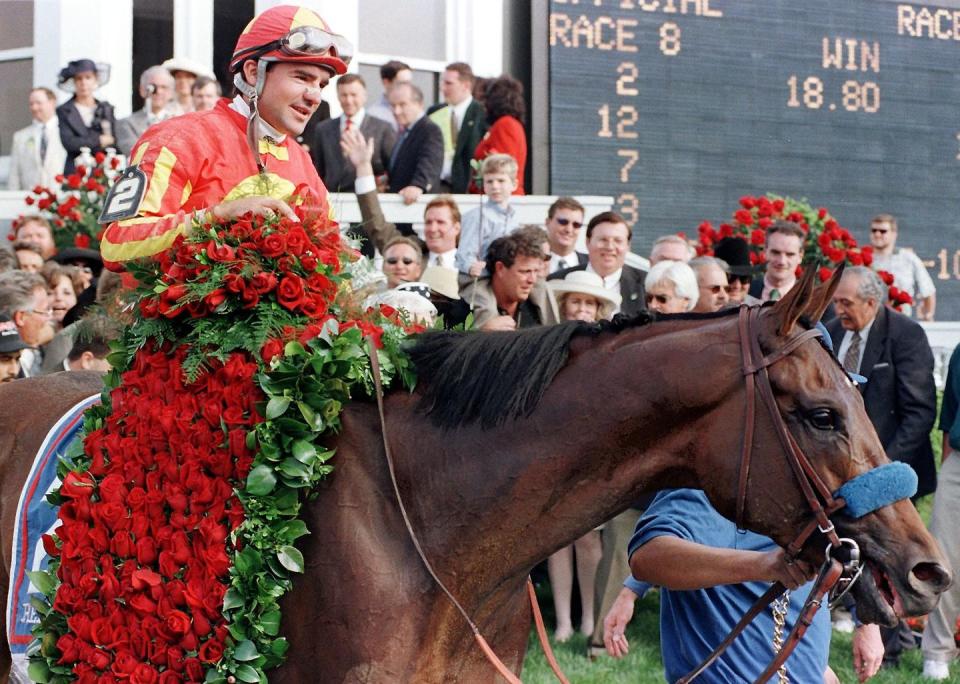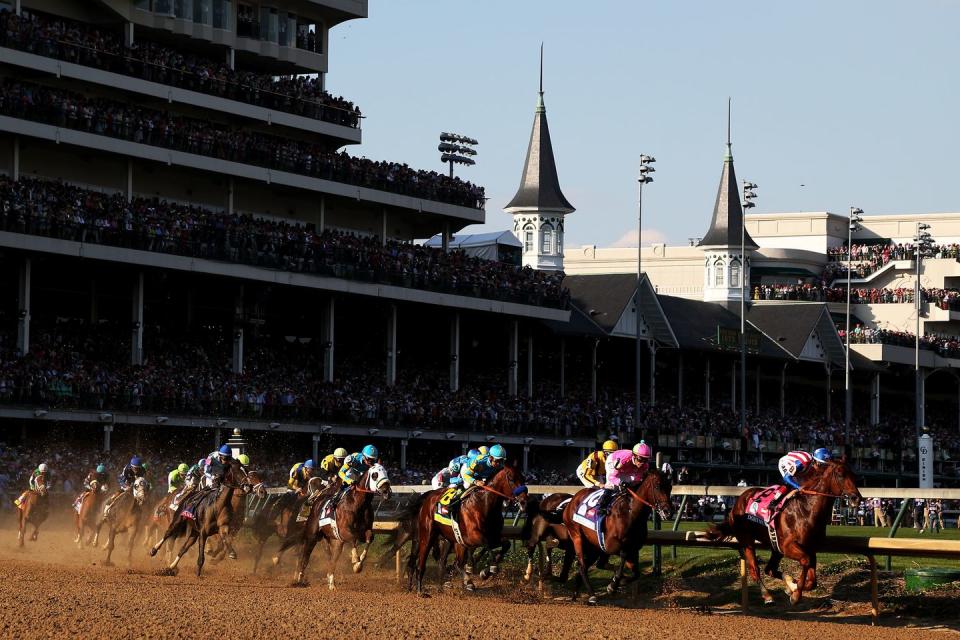What Do You Know About the Kentucky Derby's History?

Whether you're a veteran racing fan or you're totally oblivious to the sport, odds are you know about the Kentucky Derby. Held annually on the first Saturday in May (that's May 4, 2024) at Churchill Downs in Louisville, this year's Run for the Roses—as the race has become affectionately known—hold special significance, as the event will be celebrating its 150th anniversary. With that historic mood in mind, we're getting in on the festivities by taking a look back at the legacy of the oldest continuous sporting event in the United States.
Making it Official
From the extravagant hats and elegant ensembles to the copious amounts of betting, the Derby definitely has a brand of its own. That's exactly what the race's founder, Meriwether Lewis Clark, intended when he started the Derby in 1872.
Clark, the grandson of famous explorer William Clark (of Lewis and Clark fame), was first inspired to bring a horse derby to America after a visit to Europe. While there, he attended the Earl of Derby's Epsom Derby in England. Clark then set out to replicate a similar racing scene in the states as the leader of the Louisville Jockey Club. Clark's uncles, John and Henry Churchill, helped him secure the funding to establish the club and to build a racetrack on property the Churchills owned just south of Louisville. Around 1883, the track earned the informal name of Churchill Downs, though it was not officially named until 1928.

By 1894, the yearly race was attracting enough of a crowd that they had to build grandstands to accommodate spectators. Back in the Derby's early days, the track length was actually longer than it is today. It began as a 1.5-mile track, but was shortened to 1.25 miles in 1896.
Under the leadership of Martin Winn, who took charge of the organization in 1902, the race's betting minimums and racing fees were restructured. This enabled the race to start turning a profit, and the sport grew substantially in popularity throughout the early 20th century.
The Derby Captures America's Attention

With the boom in popularity, traditions evolved and the status quo of the race began to shift. Winn established the Derby as a place to be by inviting celebrities (a practice that still prevails today) and pushed for a live radio broadcast. Soon enough, the Run for the Roses, a term coined in reference to the blanket of roses draped upon the winner, became a spectacle everyone was vying to be a part of—audience interest grew, and in 1952 the race was nationally televised for the first time. Approximately 10 to 15 million viewers tuned in.
In 1931, it was decided that the Derby's date would be permanently set for the first Saturday in May. Previously, the date had fluctuating throughout the month, but a fixed calendar would allow for optimal race scheduling for horses hoping to win the Triple Crown.
In 1973, Secretariat won the 99th Kentucky Derby with a winning time that has still never been beaten, 1:59.40.
Churchill Downs Racetrack was officially recognized as a National Historic Landmark in 1986.
The History of the Jockey
Originally, Black jockeys, many of whom were formerly enslaved, turned to the sport for work. In fact, at the very first Derby in 1875, 13 of the 15 jockeys were Black. As the sport grew, they benefitted from the rising profession. In 1890 and 1891 Issac Murphy became the first consecutive winner of the Kentucky Derby, and with that, became the first Black millionaire athlete, according to ABC News.
Former American Tennis Professional, Arthur Ashe wrote of the targeted discrimination against Black jockeys as the profession grew in prominence in his book, A Hard Road to Glory: A History of the African American Athlete, saying that "by 1911, they had all but disappeared," from the sport.
Latino jockeys became more common after Braulio Baeza won the Belmont Stakes and the Kentucky Derby in 1963. Now, almost half the riders that compete in the Derby are Latino.
The vast majority of jockeys are men. In comparison to the hundreds of men who have competed, only six women have participated in the Kentucky Derby, first being Diane Crump in 1970. A woman has yet to win the Derby.
The Derby Today

Deep-seated in tradition, the Derby has evolved into what is known as "the greatest two minutes in sports." The race begins with the crowd singing along to "My Old Kentucky Home," and ends with the winner receiving red roses, which have been the official flower of the race since 1904.
Of course, the crowds have grown quite a bit over the decades. At the very first race, 10,000 spectators took part in the fun. The biggest crowd in recent history clocked in at 170,500 in 2015. (The winning purse has grown significantly, too—it's now a whopping $5 million.)
Betting has toppled over $150 million in wagers over the past several years, and people wait in anticipation for the next Triple Crown winner, the last being Justify in 2018.
You Might Also Like

